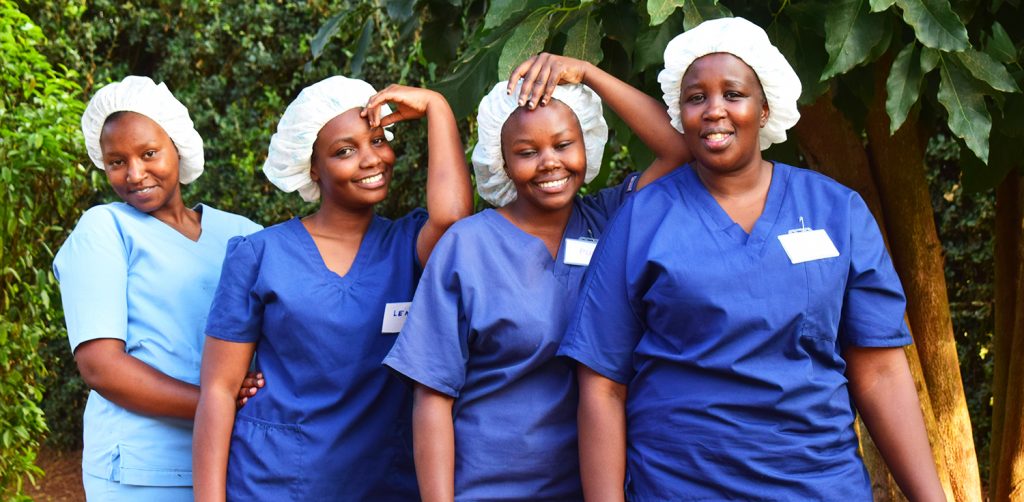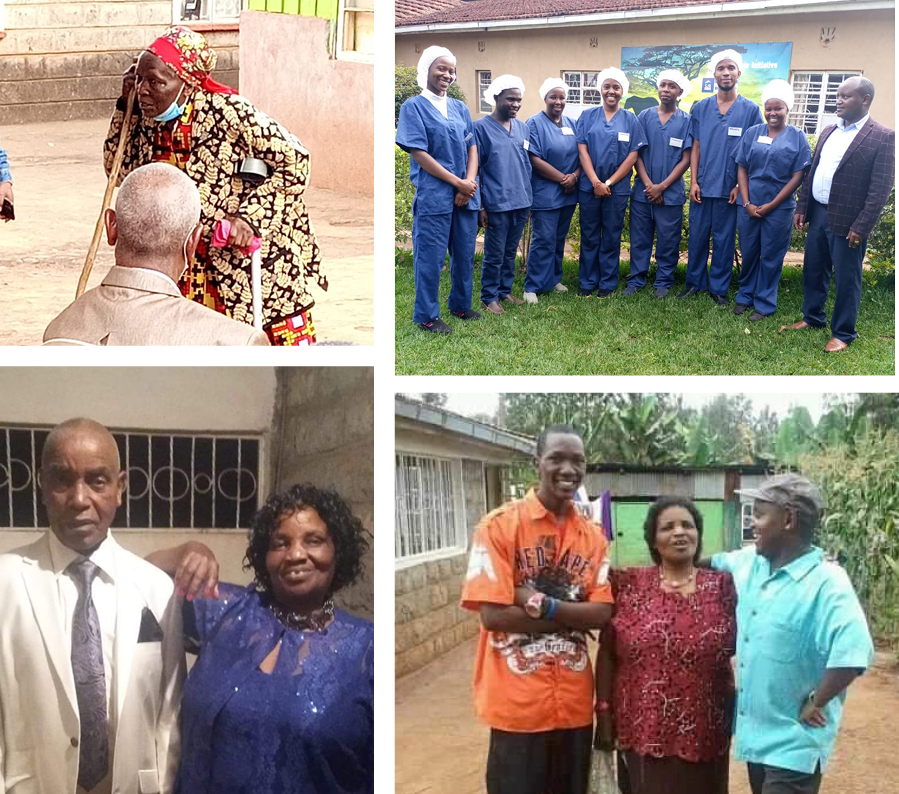Best Practice in Kenya
Providing Dementia Awareness and Innovative Education in Kenya
James Mbatia Kinuthia, Spark of Life Master Practitioner, CommonAge Ambassador, Founder of Sir James Care Homes, Africa, Kenya
8th April, 2024
Background to dementia in Africa
The population in Sub–Saharan Africa is ageing, which increases the number of those at risk of dementia and palliative care needs. The lack of dementia care personnel, long term care facilities, political will, legislation and poverty compounds the need for long term care investments in Sub Saharan Africa.
The United Nations has proclaimed 2021–2030 the Decade of Healthy Ageing. The Decade brings together a variety of stakeholders galvanizing concerted action to:
- change how we think, feel and act towards age and ageing;
- develop communities in ways that foster the abilities of older people;
- deliver person-centered, integrated care and primary health services that are responsive to older people; and
- provide older people access to long-term care when they need it.
Sir James Care Homes provides care to senior citizens and is the first in Kenya supporting locals at the grassroots level in remote villages. The mandate of the service is diverse, from taking care of people with dementia, to those who need palliative care, filling up the gap which existed for many years. The facility and homecare program consists of Asians, Caucasians, and Africans of different cultures.
I was awarded a scholarship from Dementia Foundation for Spark of Life and became certified as a Spark of Life Master Practitioner in 2021. This leadership support, along with the personal mentoring I receive regularly from Dementia Care International, is enabling me to achieve my vision of positively transforming the lives of people with dementia in Nairobi and to enable my service to become a role model of best practice for others in Kenya.
I have been implementing the Spark of Life Model of Care since 2021, as a best practice model that facilitates dementia rehabilitation and quality care based on empathy, kindness and compassion. My service has been providing dementia education through this model to improve the skills of personnel, and the quality of life for people living with dementia.

The Spark of Life Model of Care is key to supporting our vision is to elevate the quality of our residential and community care services, including their families. Implementing the Model has demonstrated remarkable outcomes in the following areas:
- Enhanced staff skills
As a Learning centre, our volunteers, managers, supportive partners, interns, and staff remain unique caregivers in our communities having learnt dementia rehabilitation under the Spark of Life Model of Care. The education makes it easier for the staff to connect and communicate meaningfully with the residents, and has boosted their confidence and enjoyment at working in dementia care.
- Benefits to our residents:
Our long term stay residents are more comfortable and rejuvenated and are sustaining and improving their physical and mental health. This is confirmed with testimonials from family members who visit. In addition, since introducing the model we have seen reduced levels of depression in our residents.
Residents are much happier, and their ‘settling in’ time span to the home is reduced due to the dementia education, friendly environment and proper leadership.
- Enhanced reputation of our service
More organizations, especially hospitals have shown interest in establishing strong partnerships overtime due to word-of-mouth recommendations in the community. In addition, we have more enquiries from the community about our services. It has become easier to attract and retain staff in a time when many African care workers are seeking overseas employments for higher wages.
- Benefits to the community
Women living with dementia remain more vulnerable and their prevalence is higher than men in Kenya. Our dementia rescue and care is a life-saving part of our service, for some of these most vulnerable people in our community.
The Spark of Life Education provided through my service has reduced cases of labelling, abuse and neglect and gives rehabilitation opportunities. We have created much needed awareness, and a consultation platform such that more people can now call, and talk freely about the challenges that they are facing.

The Spark of Life Outreach support is enabling the communities to realize that having dementia is not witchcraft, but instead it is a medical condition that can have many causes, and needs proper care. This knowledge and awareness is preventing people with dementia being put to death in rural communities in Kenya.
Community education provided with the Model has also enlightened other sectors about dementia care, and is helping to reduce for instance financial abuse and other forms of abuse.
Conclusion
At Sir James Care Home, implementing Spark of Life Model of Care has significantly developed a new understanding about dementia for staff, their families, the local and wider community. The education makes it easier for the staff to connect and communicate meaningfully with the residents, and has boosted their confidence and enjoyment at working in dementia care.
The Model reduces stigma and abuse within the community by providing information access and is a practical Model that fits well in the African culture.
Recommendations
My recommendation to the Commonwealth Governments is to make funding available to access the Spark of Life Model of Care for healthcare services in Kenya and internationally. Educating healthcare leaders in delivery of this Model is a key solution to providing urgently needed dementia awareness to the wider community, and to give healthcare services the knowledge and tools to ensure people with dementia are supported have an enriched quality of life.
